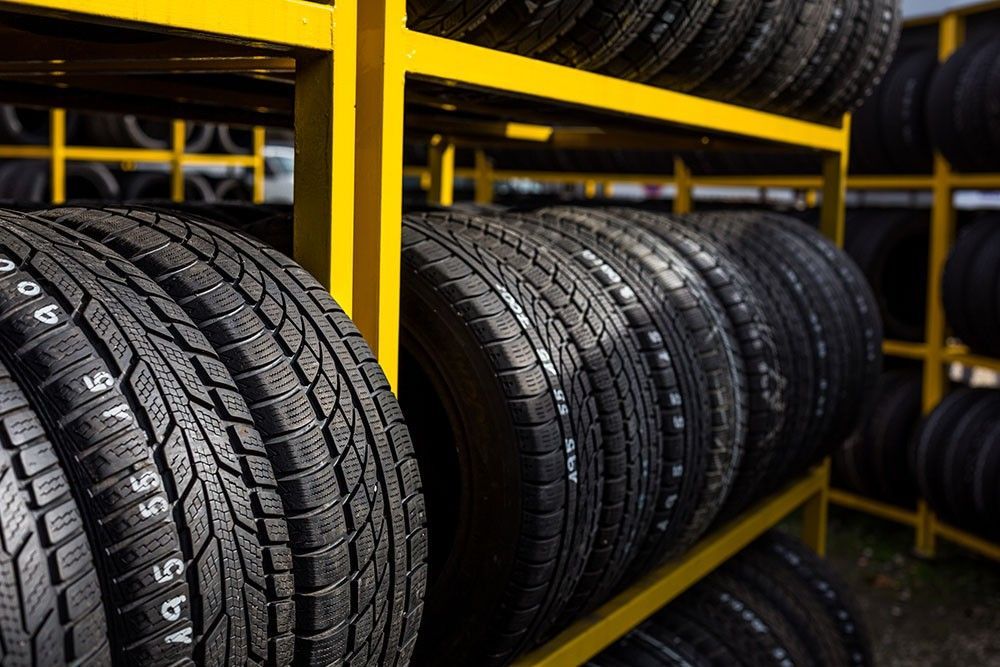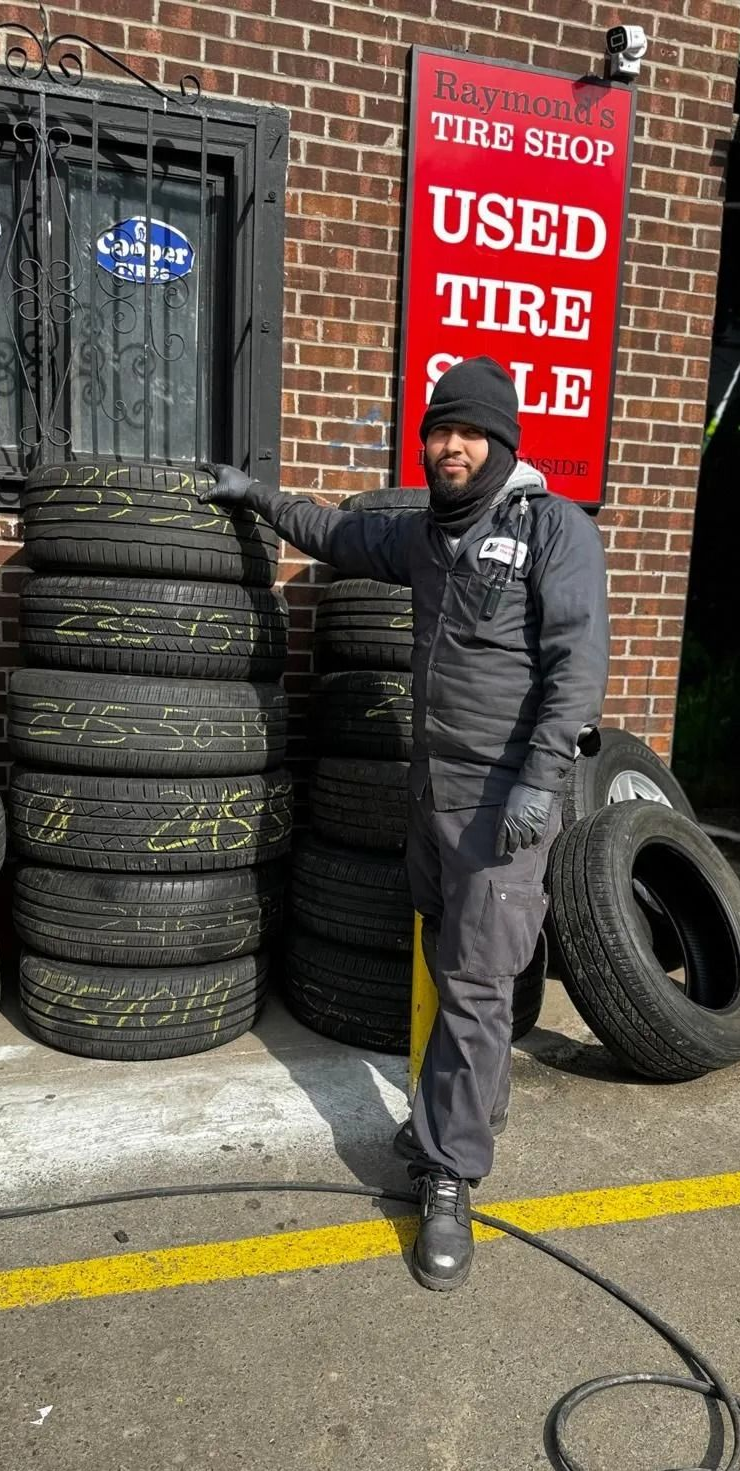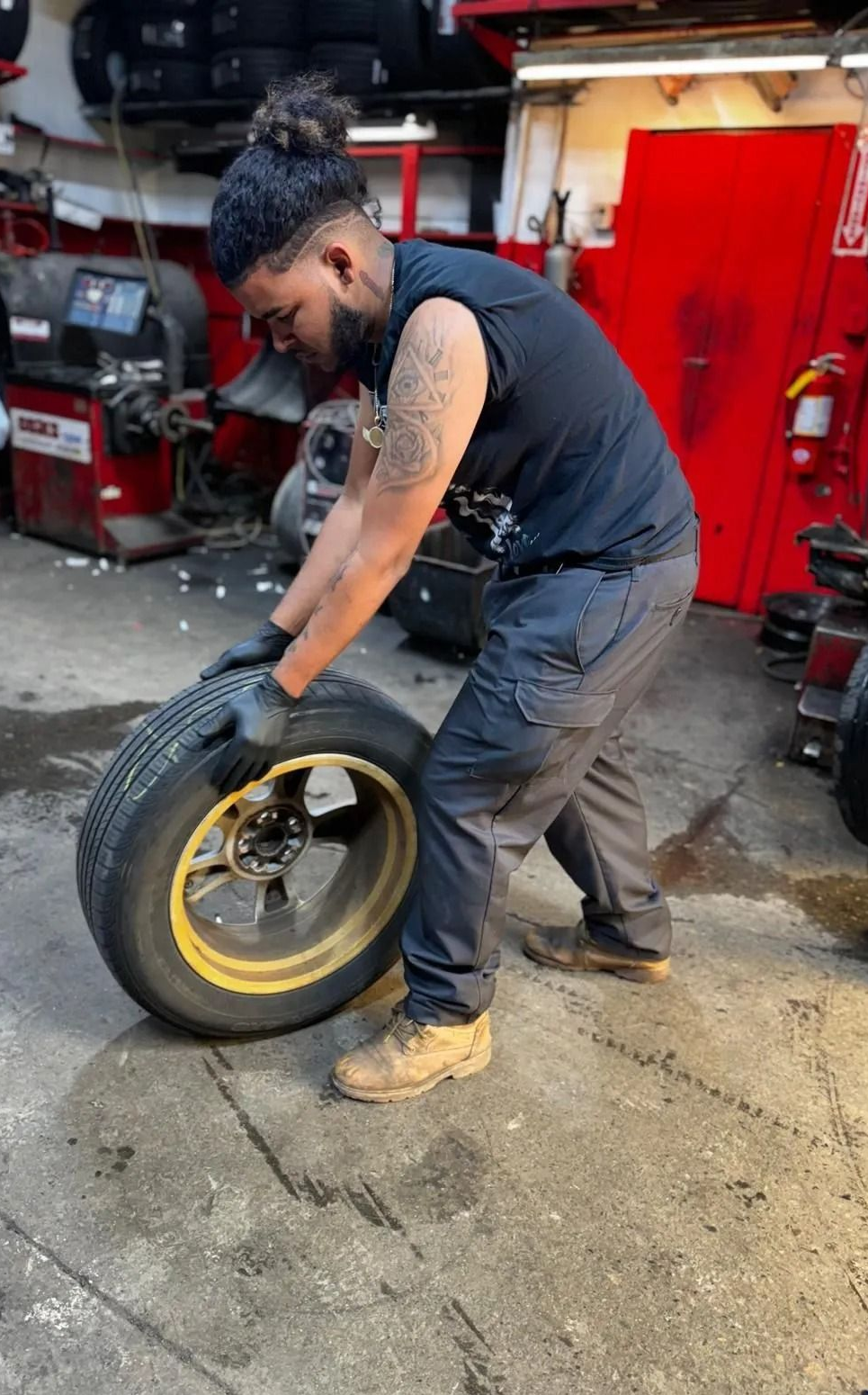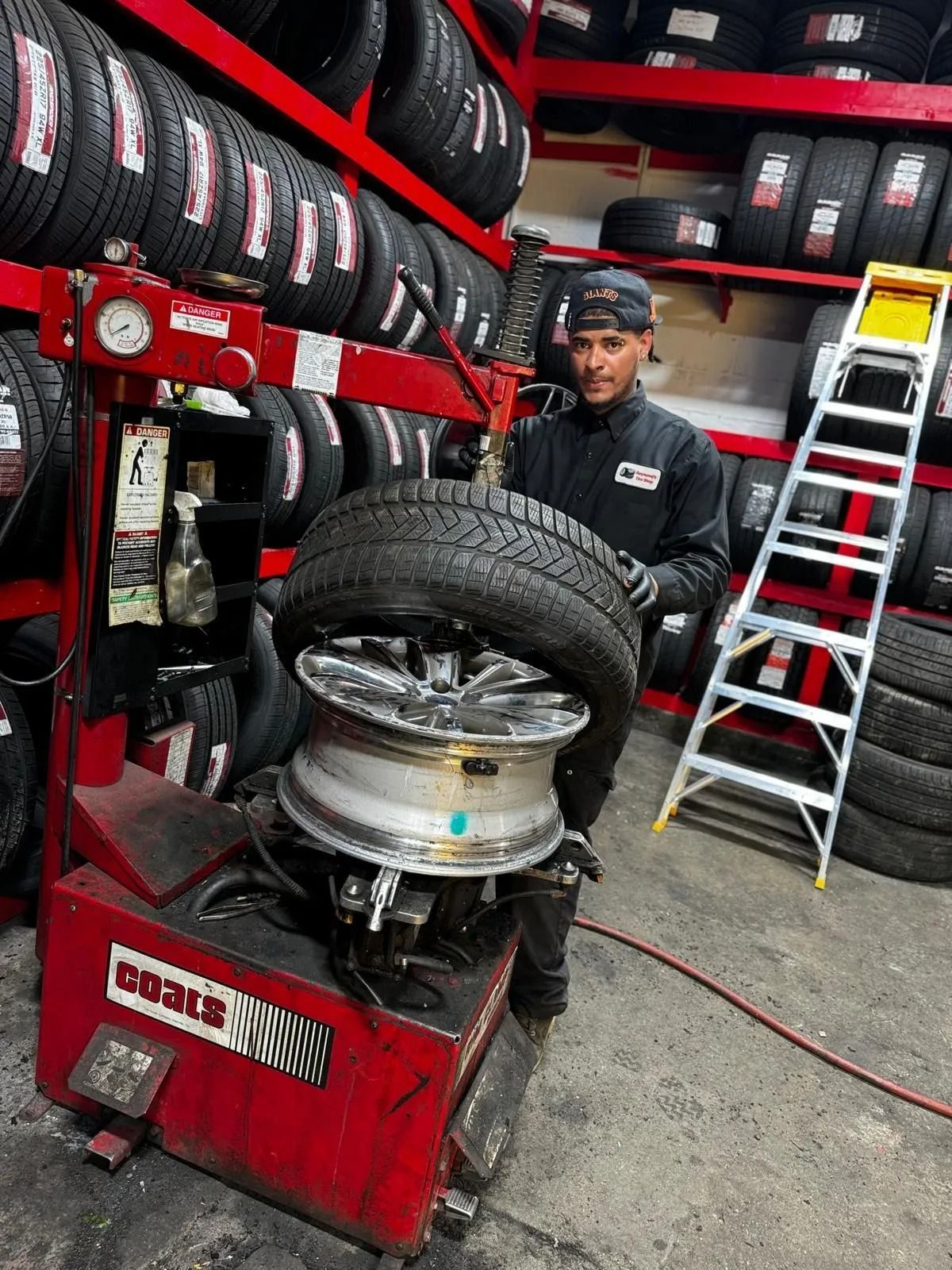Understanding Tire Warranties and What They Really Cover
When purchasing new tires, many drivers take comfort in seeing the word “warranty” on the paperwork. However, not all tire warranties are created equal, and understanding what they truly cover can help you make informed decisions and avoid costly surprises. At Raymond’s Tire Shop, we believe in providing our customers with clarity so they know exactly what protection comes with their purchase.
Types of Tire Warranties
Most major tire manufacturers offer warranties, but they vary in coverage. The two most common are:
- Limited Treadwear Warranties: These guarantee that the tire will last a certain number of miles under normal use. For example, a tire may come with a 60,000-mile warranty. If the tread wears out sooner, the manufacturer may provide a prorated credit toward a replacement.
- Workmanship and
Materials Warranties: These cover defects in the way the tire was manufactured or in the materials used. If a tire fails prematurely because of a flaw, it may be replaced at little or no cost.
Some brands also offer
road hazard warranties, which cover unexpected damage from potholes, nails, or debris. This type of coverage is less common but can provide valuable protection.

What Warranties Do Not Cover
It is equally important to understand what warranties usually exclude. Most do not cover damage caused by improper maintenance, misalignment, overinflation, or underinflation. They also do not cover accidents, weather-related damage, or normal wear and tear that results from aggressive driving. In other words, warranties are designed to protect against defects, not against every possible scenario that could affect a tire’s life.
How to Maintain Coverage
To take advantage of a tire warranty, manufacturers often require proof that you have properly maintained your tires. This typically includes keeping them inflated to the recommended pressure, rotating them regularly, and ensuring your vehicle’s alignment is correct. At Raymond’s Tire Shop, we encourage customers to schedule routine inspections and rotations not only to keep their tires in top condition but also to preserve warranty eligibility.
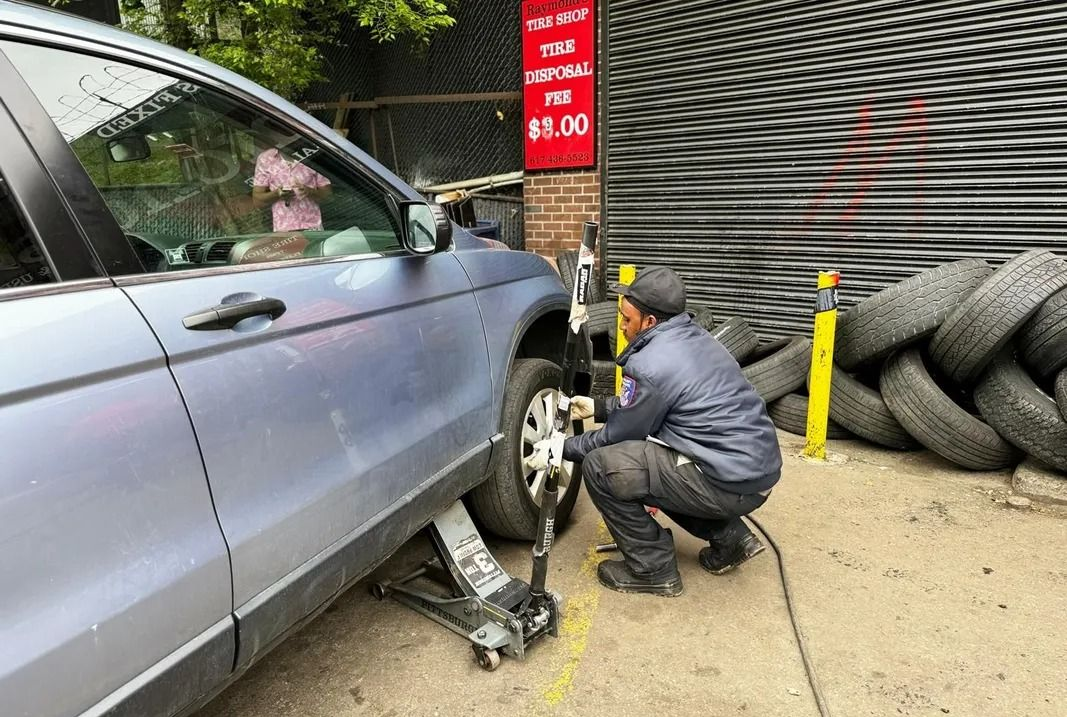
The Role of Prorated Coverage
Many tire warranties provide prorated credit rather than full replacement. For example, if a tire with a 60,000-mile warranty wears out at 40,000 miles, you may be entitled to a percentage of the cost of a new tire. This means you still pay part of the replacement cost, but you are not left covering the entire expense. Understanding how prorated coverage works helps set realistic expectations about financial responsibility.
Why Warranties Should Not Be the Only Factor
While warranties are useful, they should not be the sole deciding factor when purchasing tires. A higher-quality tire without a lengthy warranty may still perform better and last longer than a lower-quality option with generous coverage. Performance, safety, and suitability for your vehicle and driving conditions should always come first. At Raymond’s Tire Shop, we guide customers to the best options for their needs, making sure warranties are clearly explained as part of the decision process.
Peace of Mind Through Clarity
The most valuable aspect of a tire warranty is peace of mind, but only if you understand what it covers. Clear communication and professional guidance ensure that you know your rights and responsibilities as a customer. At our shop, we make it a priority to explain the details of tire warranties so drivers can feel confident in their investment.
Final Thoughts
Tire warranties provide important protection, but they are not all-encompassing. Knowing what is included, what is excluded, and how to maintain eligibility helps you make the most of your coverage. At Raymond’s Tire Shop, we combine high-quality tire options with honest guidance, helping our customers choose tires that deliver safety, performance, and value for years to come.





